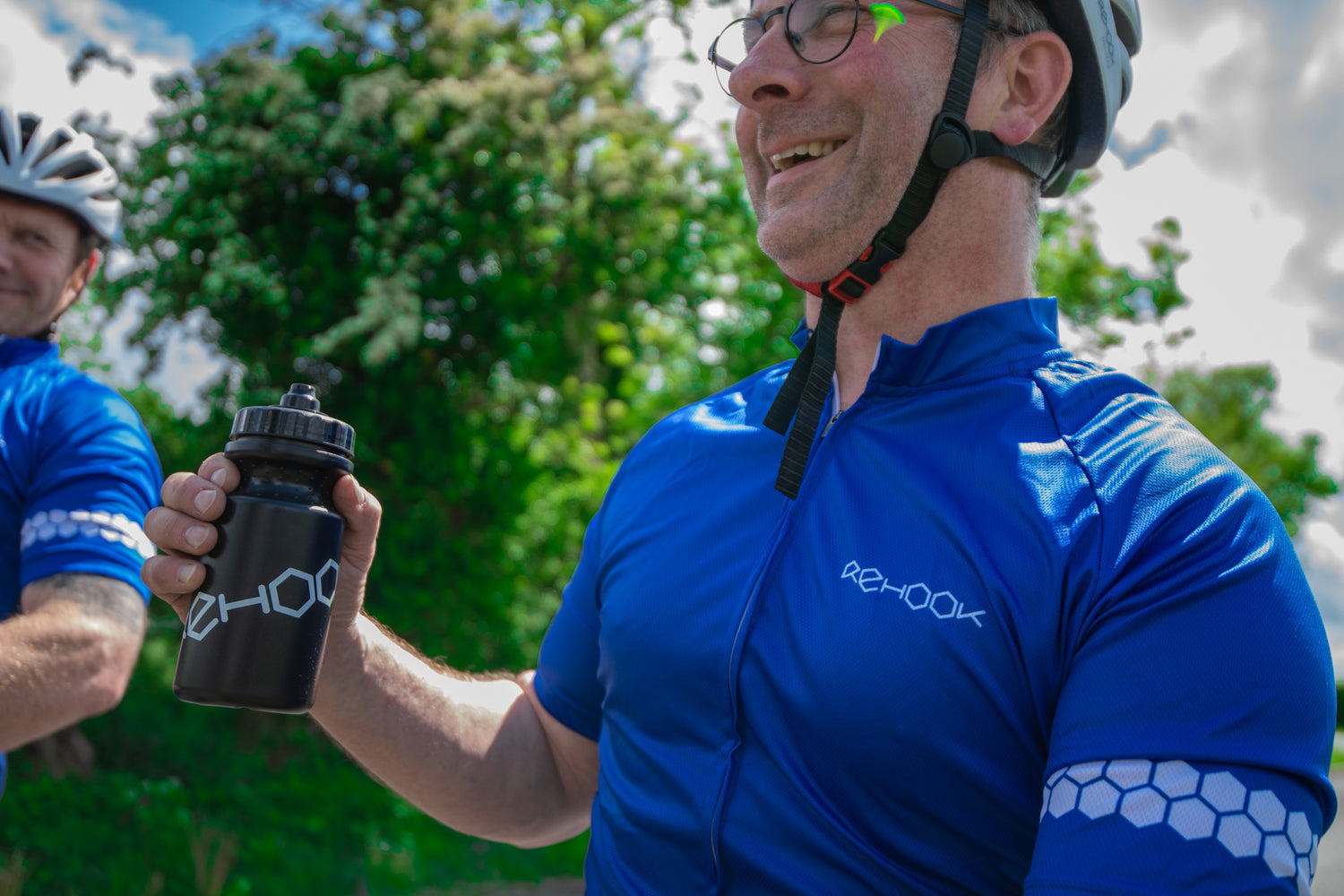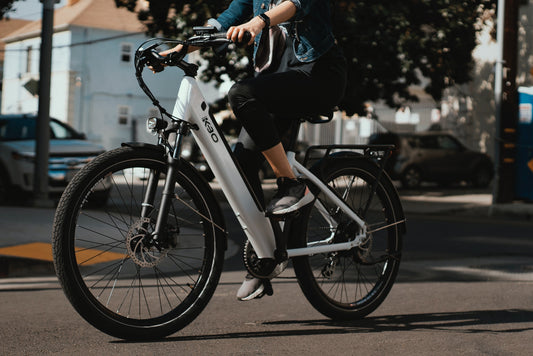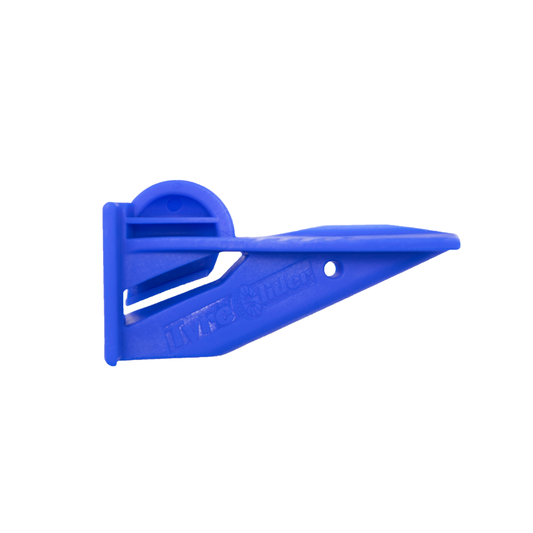in-uh-RAH-so-dee-ah-mikks
noun
The study of objects in motion through air or other gases.
Example usage: Cyclists often need to understand the basics of aerodynamics to maximize their speed.
Most used in: Cycling events and competitive races.
Most used by: Professional cyclists and competitive racers.
Popularity: 8/10
Comedy Value: 2/10
Also see: Aero-dynamics, Aero-efficiency, Wind Cheating, Drag Reduction,
What is In-Your-Response Aerodynamics in Cycling?
In-your-response aerodynamics (IYR) is a term used to describe the aerodynamic drag of a cyclist in relation to their body position. It refers to the cyclist's ability to adjust their body position in order to optimize their aerodynamic profile and reduce drag. This is accomplished by changing the angle of the torso, the arms, and the legs in order to reduce the amount of air resistance experienced while cycling.
IYR aerodynamics is an important factor in competitive cycling, as it can have a significant impact on a cyclist's speed and performance. Studies have shown that IYR aerodynamics can reduce a cyclist's drag coefficient by up to 30%, resulting in a significant decrease in energy expenditure and improved performance. Additionally, IYR aerodynamics can reduce fatigue and improve comfort, allowing cyclists to ride longer distances with less effort.
In order to optimize IYR aerodynamics, cyclists should practice proper body positioning, including keeping the torso flat and arms close to the body. Additionally, cyclists should practice shifting their body position while riding in order to reduce drag and maximize speed. With practice, cyclists can gain the skills necessary to maximize their aerodynamic profile and improve their performance.
The Origin of the Term 'In-Your-Responseaerodynamics' in Cycling
The term 'In-Your-Responseaerodynamics' was first used in the context of cycling in the early 1990s. The term was first associated with the study of the aerodynamics of a cyclist in motion, and is now commonly used to describe the science of cycling aerodynamics.
The term was coined by Dr. John Cobb, a renowned cycling aerodynamics expert. Dr. Cobb was an engineer and physicist who worked for NASA in Houston, Texas, and later moved to California to focus on cycling aerodynamics. He helped to develop wind tunnel testing for bicycles, and was the first to apply the principles of aerodynamics to the study of cycling.
In-Your-Responseaerodynamics has since become a widely accepted term in the cycling community, and it is now used to describe the science of cycling aerodynamics. It is used to describe how air flows around a cyclist in motion, and how the cyclist can use this knowledge to reduce drag and improve performance.
The term is now widely used in cycling, and it has become an important part of the sport. It is used to describe the science of cycling aerodynamics and the techniques that cyclists can use to reduce drag and improve performance.












